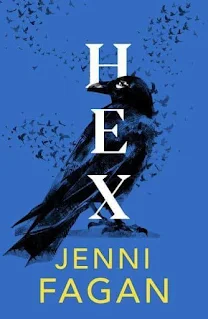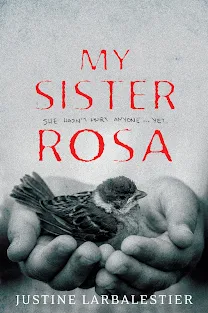* Copy courtesy of Transit Lounge *
Sporting one of the best cover designs of the year so far, The Terrible Event by David Cohen is a collection of short stories promising 'death, destruction, disappearance, decline and defeat' and sounded right up my alley.
A brief word on the cover first. Designed by Josh Durham from Design by Committee, this cover design is immediately eye catching and I keep seeing it popping up everywhere. It really taps into my love of stationery and will no doubt be one of my favourite cover designs for 2023. The mention of parallels between this collection and the work of David Sedaris further stoked my anticipation for this Australian collection.
Containing eight stories in total, I enjoyed the sense of nostalgia that started to build.
"The toy was as addictive as it had been in bygone days. Pulling the string triggered memories of backyard cricket, Choc Wedges and Saturday morning cartoons - the very cartoons that had introduced him to Bugs Bunny in the first place. Those were the days." Page 44-45The Australian setting and mention of Choc Wedges, Holden Commodores and rippled soled desert boots was ripped right from my own childhood and the sweary dialogue in the story entitled Bugs, was great. Here's our main character in Bugs reminiscing about inheriting his dad's old Olivetti typewriter.
"And when you pressed a key, you could see the type bar strike the paper, leaving behind a black letter or number. Nothing made interesting noises anymore. Nothing had any weight or resistance. Mark recalled the hole punches of his youth, the staplers. Where were they now?" Page 65Yes, the hole punches!! I think back to how much our desk accessories have changed in my time, with liquid paper in bottles to hole punches, fax machines and staplers. I still have a mini red stapler purchased in 2000 that's so small it takes No. 25 staples and it's stapled thousands of bank statements, travel itineraries and meeting agendas over the years. If you love stationery as much as I do, see my review of Adventures in Stationery: A Journey Through Your Pencil Case by James Ward.
Back to the collection, hole punches feature in the aptly named short story Holes, and it was here that I started to notice a few common threads or easter eggs that connect through the collection. I won't include them in my review in case they're spoilers - I'm looking at you Nathan! - but not being a regular reader of short stories, I thought this was cool.
While there's limited time to connect with a character in a short story, character descriptions like this provided a neat shortcut to personality, and I could readily relate:
"Zoran's conversations were limited to two main subjects: cycling and craft beer. I didn't have a problem with that, but he seemed to assume that I was as interested in them as he was. If I tried to steer the conversation in another direction, he'd steer it back, before too long, to one or the other. He showed no particular curiosity about me: I think I was really just a receiver for whatever he wanted to talk about. He might ask me what I'd done on the weekend... but only as an entry point for him to tell me all about the cycling and beer drinking he'd done." Page 99I have a person JUST LIKE THIS in my life too!
My favourite story in the collection was The Enigma of Keith: Another Memorial, which contained an interesting story about the erection of a fictitious roadside memorial, installed to determine whether the presence of a memorial (white cross, flowers) has any impact on driver speed. Do drivers slow down when they notice a memorial on the side of the road? You'll have to read The Terrible Event to find out!















































